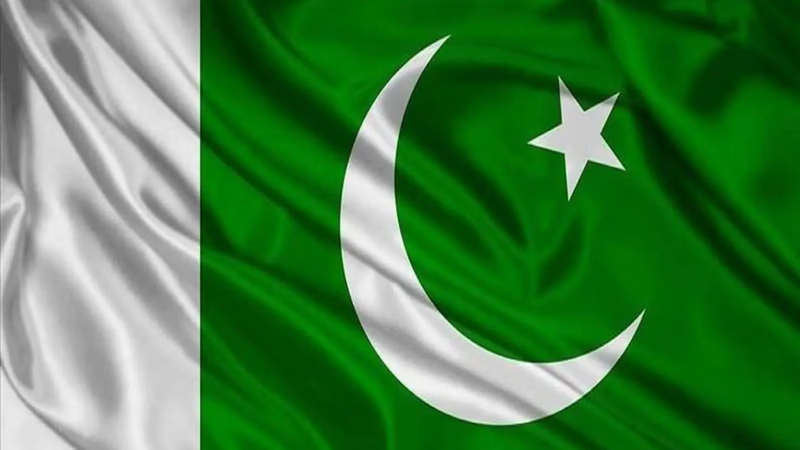
Pakistan"s diverse geography supports vibrant trade opportunities. "
Pakistan is the official name of the Islamic Republic of Pakistan, a country in South Asia located in the western part of the Indian subcontinent. It shares a 1,000-kilometer water border with the Oman Sea to the south and borders Iran to the west, Afghanistan to the north, India to the east, and China to the northeast. Pakistan covers an area of 881,913 square kilometers and has a population of 228,935,145. Its capital is Islamabad and its largest city is Karachi. The official languages of Pakistan are English and Urdu. It is the official religion of Islam and is the second-largest Muslim country in the world.
The capital city of Pakistan is Islamabad. Other major cities include Karachi, Lahore, Rawalpindi, Faisalabad, and Peshawar. Pakistan is the fifth most populous country in the world, with a population exceeding 225 million people. The official languages are Urdu and English, but there are also several regional languages spoken across different provinces, including Punjabi, Sindhi, Pashto, Balochi, and others. Pakistan is a federal parliamentary republic. It has a multi-party system and follows a democratic form of government. The President is the head of state, while the Prime Minister is the head of government.
This region has an ancient history of life and civilization, which includes the Indus Valley civilization. It became independent from India in 1947 as a new state and state. In 1971, the civil war led to the secession of East Pakistan, known as Bangladesh. Since independence, the Federal Republic of Pakistan has gone through periods of military and economic growth as well as instability since Bangladesh seceded. The Federal Republic of Pakistan is the seventh-largest armed force in the world. Pakistan is the seventh country in the world in terms of the number of permanent military forces, it is one of the nuclear powers and one of the countries with nuclear weapons, and the only Islamic country holding it.
Islam is the dominant religion in Pakistan, with over 95% of the population being Muslims. The country has a significant Muslim majority and is known as an Islamic republic. Pakistan has diverse geography, ranging from the mountainous regions of the Himalayas in the north to the fertile plains of the Indus River in the east. Some notable landmarks include the K2 mountain (the second highest peak in the world), the ancient city of Mohenjo-daro (a UNESCO World Heritage site), and the Thar Desert.
The Kashmir region is claimed by India and Pakistan. Both countries run parts of the region separately, and these areas are separated by a line of control. Pakistan is a developing country that has faced challenges on the political and economic fronts. Despite being very poor in 1947, Pakistan's economic growth rate has been better than the global average for the next four decades. But unintentional policies led to a decline in the rate in the 1990s.
Pakistan's economy is a mix of agriculture, industry, and services. Major industries include textiles, manufacturing, agriculture, petroleum, and construction. The country is also known for its exports of textiles, leather goods, sports goods, and agricultural products. Pakistani culture is diverse and influenced by various ethnic groups, including Punjabis, Sindhis, Pashtuns, Balochis, and others. The country has a rich cultural heritage, including traditional music (such as qawwali and ghazal), dance forms (such as Bhangra and Kathak), and a vibrant film industry known as Lollywood.
Cricket is the most popular sport in Pakistan and is considered a national obsession. The national cricket team has had significant success internationally. Other sports like field hockey, football (soccer), squash, and wrestling also enjoy popularity in the country. Pakistan offers a range of attractions for tourists, including historical sites, natural beauty, and adventure tourism opportunities. Some popular tourist destinations include the ancient city of Taxila, the scenic Hunza Valley, the historic Lahore Fort, the beautiful Swat Valley, and the stunning Karakoram Highway. About 97% of Pakistanis are Muslims, of which 77% are Sunnis and 20% are Shiites. About 3% of the country's population follow other religions. The country's largest religious minorities are Christians and Hindus.
-
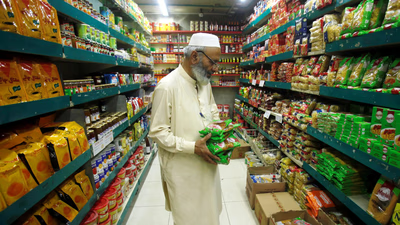
The Pakistan Customs Authority, under the Federal Board of Revenue, enforces customs laws and regulations, imposing duties on imported goods based on their classification and applicable trade agreements. Importers and exporters must adhere to specific clearance procedures, including filing documentation like the Import General Manifest (IGM) or Export General Manifest (EGM) and paying relevant taxes. Tariff rates have significantly decreased since 1994, with current rates set at 25% for consumer goods, 10% for intermediate goods, and 5% for raw materials. The government retains the authority to restrict or prohibit certain imports and exports under exceptional circumstances. Additionally, measures are in place to protect intellectual property rights by collaborating with rights holders to combat counterfeit goods. The adoption of electronic systems like WeBOC has streamlined customs processes, enhancing efficiency. While there are no restrictions on exports to Pakistan, exporters must register with the Pakistan Export Promotion Office. Customs value is determined based on transaction value adjusted per WTO guidelines. Certain goods face import/export prohibitions due to national security or health concerns, necessitating permits for compliance.
-
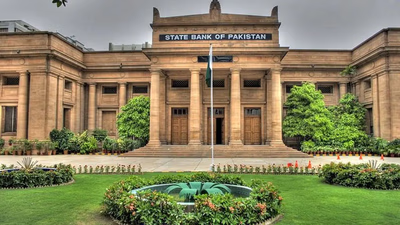
The State Bank of Pakistan (SBP) oversees the country"s banking regulations, focusing on foreign exchange and capital movement. Authorized Dealers (ADs) facilitate money transfers, both domestically and internationally, through various banking channels like wire transfers and online banking. The SBP"s regulations aim to prevent money laundering while ensuring stability in the foreign exchange market. Since 1994, importers can withdraw foreign currency without prior authorization for payments through FEBC remittances. The central bank also manages currency conversion rates based on economic factors such as inflation and trade partner currencies. Pakistan"s tax system includes direct taxes collected by the central government, while local governments impose additional taxes. In 2017, Pakistan"s imports totaled $55. 6 billion, ranking it as the 47th largest exporter globally, with exports at $24.
8 billion. Capital movements are regulated by the SBP, requiring reporting and approvals for certain transactions. Investors must comply with these regulations when transferring funds for investment purposes. Banks enforce Know Your Customer (KYC) guidelines to combat financial crimes by verifying customer identities during significant transactions.
-
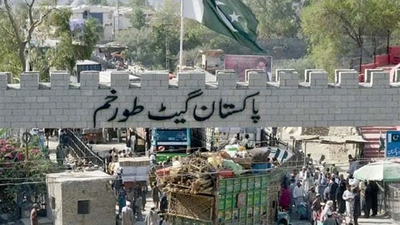
Pakistan"s transportation sector is crucial for its economic development, with a focus on enhancing trade through its ports and railways. The Karachi Port Trust (KPT) and Port Qasim are key players in handling cargo, with KPT managing 30. 8 million tons in 2006-07 and showing a rise in activity in the current fiscal year. Port Qasim, catering to 40% of national shipping needs, recorded a growth of 10% in cargo handling during the same period. Gwadar Port holds significant potential for regional trade, aiming to connect Pakistan with Central Asia and beyond, while also promoting local economic growth. The government emphasizes infrastructure investment to support sustainable economic growth and improve supply chain solutions across the region. Railways are highlighted as an efficient alternative for long-haul transport, contributing to both passenger and freight movement while being environmentally friendly. Overall, the transportation landscape in Pakistan is evolving to meet the demands of international trade and regional connectivity. "
-
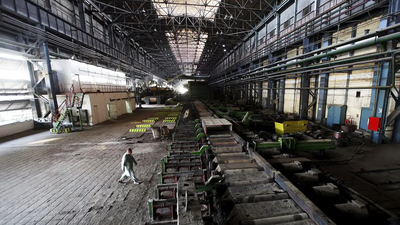
Recent economic changes in Pakistan have led to significant growth, particularly in manufacturing and financial services. The country has improved its foreign exchange position and reduced foreign debt, aided by the International Monetary Fund and U. S. debt forgiveness. GDP growth rates have steadily increased, reaching approximately 8. 4% by mid-2005, with the service sector now contributing about 53% to GDP. Despite these advancements, challenges such as inflation and lower reserves persist. The Karachi Stock Exchange has seen peaks alongside other emerging markets, attracting substantial foreign investment across various industries including telecommunications, textiles, and aerospace.
Sialkot has emerged as a key industrial hub, generating billions in exports from sectors like sports equipment and auto parts. The potential for growth in aerospace capabilities could further enhance economic development, with ongoing research into missile technology linked to the space program. Overall, while Pakistan"s economy shows promise through diversification and investment opportunities, it must navigate existing economic pressures to sustain its upward trajectory. "
-

Pakistan, officially the Islamic Republic of Pakistan, is located in South Asia and shares borders with India, Afghanistan, Iran, and China. It has a diverse geography that includes mountains, fertile plains, and deserts. The country has a population of over 228 million people and is the second-largest Muslim nation globally. Its capital is Islamabad, while Karachi is its largest city. Pakistan"s economy is a mix of agriculture, industry, and services, with textiles and agriculture being significant export sectors. The nation has a rich cultural heritage influenced by various ethnic groups and is known for its traditional music, dance forms, and sports like cricket. Despite facing political and economic challenges since its independence in 1947, Pakistan has experienced periods of growth. The country also offers numerous tourist attractions ranging from historical sites to natural beauty. "





